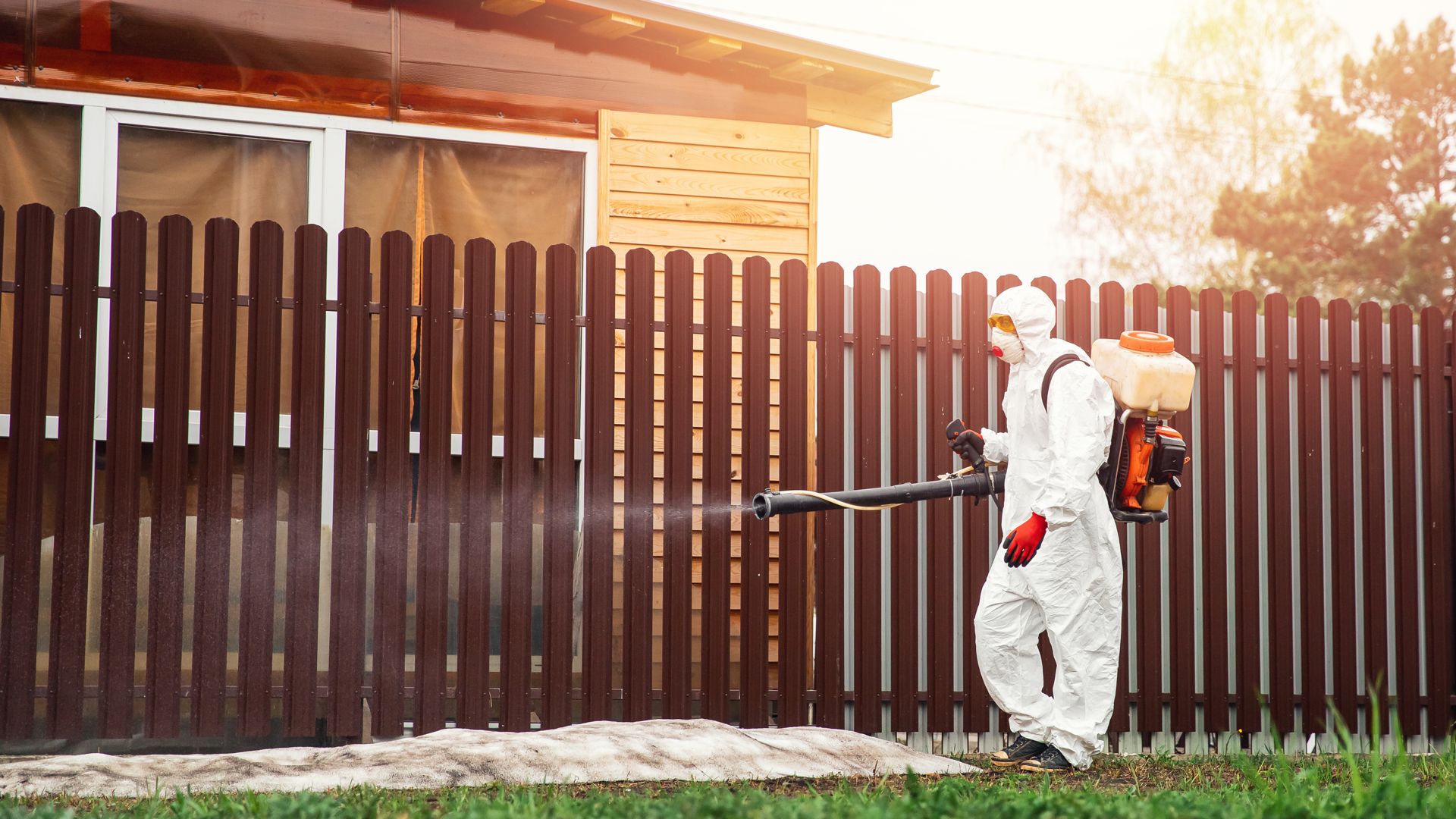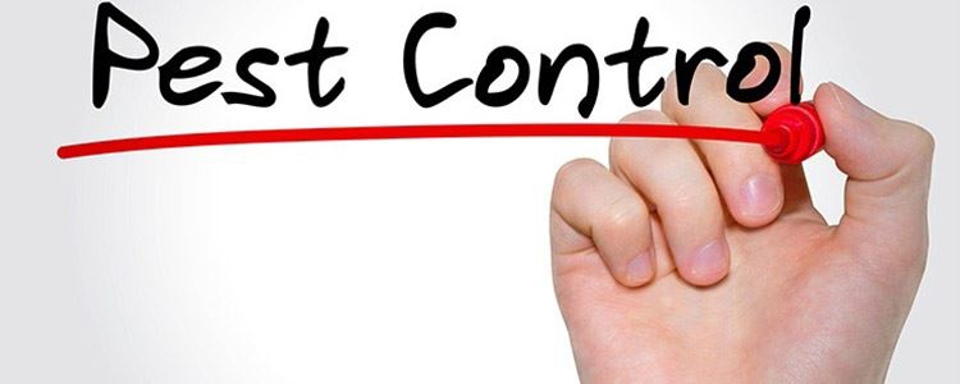Completing a termite treatment is an important milestone for protecting your Santa Rosa home, but your work doesn’t end there. The local climate, environmental factors, and specific pest behaviors in this region mean that proactive care must continue long after the initial service. Understanding exactly what you should do after treatment—and why—can prevent a frustrating recurrence and protect your property investment for the long term. At We Care Pest Solutions, we’ve seen firsthand that a strategic approach to post-treatment termite care in Santa Rosa makes all the difference. Let’s guide you through the details so you remain one step ahead of termites, year after year.
What Immediate Steps Should I Take After Termite Treatment in Santa Rosa?
Your first actions following a termite treatment can directly influence how effective the results are. As soon as your Santa Rosa property has been treated, follow all instructions given by your licensed pest control technician. Depending on the treatment method—such as liquid termiticides, baits, or fumigation—you may need to avoid certain areas for several hours or even a full day. Ventilate your home thoroughly before resuming regular living activities; open windows and doors where recommended, and remove any coverings placed by the technician.
Carefully inspect treated areas for any remaining visible signs of termite activity or sources of excess moisture. Santa Rosa’s moderate weather can hide ongoing issues, so don’t overlook subtle warning signs. Look for:
- Fresh wood debris or unexplained sawdust in corners or near walls
- Unusual dampness or standing water, especially in crawl spaces
- Any persistent mud tubes or damp spots on foundations
If you notice potential trouble spots, make note of them, take photos, and reach out for clarification or follow-up support.
Review your treatment paperwork closely. This documentation will specify which solution was applied—be it a baiting system, wood treatment, or soil barrier—and outline any maintenance or warranty requirements. Keep the contact information for We Care Pest Solutions readily available in case questions arise. Well-organized records make warranty claims and ongoing maintenance much easier, supporting the long-term effectiveness of your post-treatment termite care in Santa Rosa.
How Can I Tell If My Termite Treatment Was Successful?
Determining whether a termite treatment has achieved its goal can be nuanced, especially with Santa Rosa’s unique environmental conditions. It’s not unusual to see a decrease in termite activity within the first two to six weeks following treatment. However, a large or well-established colony may leave behind some evidence, like dropped wings or dead termites, for a short time while the residual effects continue to work. Over this period, closely monitor affected areas for decreasing activity.
Establish a routine for regular inspections during these first weeks. Key signs that your termite treatment in Santa Rosa is working include:
- No new piles of frass (termite residue) near infested areas
- Dried mud tubes that don’t grow or spread after cleaning
- No fresh signs of wood damage or hollowed surfaces
If you continue seeing signs of active termites beyond six to eight weeks—such as live insects, new damage, or growing mud tubes—contact your pest control provider for a re-evaluation. Persistent activity could indicate remaining sub-colonies or untreated entry points.
Sometimes, regional factors like seasonal humidity or shifting soils can cloud assessment. For example, sticky windows and doors can signal ongoing structural wood issues. Any unresolved moisture problems or unexplained changes in your home’s structure should prompt a checkup to preserve your investment and keep your termite-free status intact.
What Are the Most Common Mistakes Homeowners Make After Termite Treatment?
It’s easy to relax after a termite treatment, but overlooking key preventive steps can give termites a second chance. A top mistake in Santa Rosa homes is neglecting moisture control. Consistent leaks from plumbing, irrigation, or poor drainage near foundations create inviting conditions for subterranean termites, potentially undoing effective pest control work. This is especially true during our wet winter months, when moisture builds up unnoticed beneath or around structures.
Another common oversight is leaving wood or cellulose material in contact with soil around your property. These materials—including firewood, lumber, cardboard, or mulch—can give termites a pathway around soil treatments or bait systems. To minimize this risk, always:
- Store firewood & lumber at least 18 inches from exterior walls
- Keep mulch & garden debris a minimum distance away from the foundation
- Remove or elevate old stumps, fence rails, or planters in direct ground contact
Each adjustment makes it harder for termites to migrate back toward your home.
Finally, skipping scheduled follow-up inspections or postponing maintenance can leave minor problems undetected. While our bi-monthly and quarterly plans are designed to keep your Santa Rosa property termite-free, past clients have seen issues return by ignoring recommended schedules. Consistent attention and partnership with a trusted local provider make all the difference in lasting post-treatment termite care in Santa Rosa.
How Does Santa Rosa’s Climate Affect Termite Return & Prevention?
Santa Rosa’s climate creates both challenges & opportunities for termite control. Several species, such as subterranean and drywood termites, thrive in our area’s moderate temperatures and reliable rainfall. Wet winters lead to persistent soil moisture—a perfect environment for termites seeking shelter and food. During spring, this can trigger increased swarming activity and reproduction, meaning even one lapse in prevention could result in a new infestation.
Seasonal changes should drive your termite management strategy. The climate’s rhythm means you need to remain vigilant as conditions change:
- Monitor for extra moisture in basements, crawl spaces, and low yards during rainy months
- Prioritize inspection after storm events or flooding and before the dry summer
- Trim back vegetation that can promote humidity around your foundation during summer and early fall
Staying in tune with the local climate increases the effectiveness of any termite prevention plan, reducing repeat infestations and supporting a long-term solution.
Santa Rosa homes also tend to feature unique architectural details, such as crawl spaces and wood-framed outbuildings, which are particularly susceptible to moisture retention and hidden termite access. Taking a region-specific approach ensures your post-treatment termite care addresses these vulnerabilities and keeps your home protected through all seasons.
What Changes Should I Make Around My Home To Prevent Termites From Returning?
Preventing termites from returning after treatment involves practical, ongoing adjustments around your home’s exterior & landscape. For optimal results:
- Trim back shrubs, trees, and vines at least 12 inches from your foundation, siding, or rooflines
- Regularly clear mulch, bark, and garden debris from immediate contact with your home’s perimeter
- Elevate woodpiles on racks away from the ground and house
Limiting direct access points helps maintain your pest barrier’s integrity year-round.
All structures having direct wood-to-soil contact should be addressed as soon as possible. This means replacing the bottoms of wooden fences, porch posts, or stair stringers with concrete or metal footings—or at the very least, ensuring that such posts do not sit directly on soil.
Moisture management is another pillar of prevention. Consistently clean gutters, repair leaky faucets and irrigation lines, and regrade the soil so it slopes away from your house. Even small leaks or persistent puddles can attract new termite activity. These actions, when combined with scheduled bi-monthly inspections from We Care Pest Solutions, form a robust line of defense against termites in the Santa Rosa area.
How Can I Tell the Difference Between New & Residual Termite Activity?
Knowing how to distinguish ongoing termite risks from harmless remnants is crucial for Santa Rosa homeowners. After treatment, it’s expected to find dead insects, old mud tubes, or loose frass. These residual signs don't necessarily mean a live infestation remains. To determine what’s new, clean the area and monitor for any fresh debris or construction over the coming weeks.
New termite activity typically produces:
- Moist, soft mud tubes that appear even after cleanup
- Fresh, pellet-like frass that accumulates on a regular basis
- Pinhole-sized new kicks in wood surfaces or new wings near windowsills
You may also notice subtle changes in routines, such as sticking doors or faint tapping inside walls during quiet periods. These signs suggest live termites are still present and require a prompt professional assessment.
To make tracking easier, document anything suspicious with photos and written notes, including dates and exact locations. This historical record simplifies follow-up visits and increases the accuracy of any subsequent evaluation, ensuring your post-treatment termite care in Santa Rosa remains on track.
What Routine Maintenance Keeps My Home Termite-Free Long-Term?
Long-term termite prevention hinges on consistent, comprehensive maintenance that’s well-adapted to Santa Rosa’s climate and housing stock. Set reminders for annual or bi-monthly inspections, focusing on areas most vulnerable to termite intrusion: crawl spaces, attics, eaves, and wooden supporting structures. Thoroughly check interior and exterior wood surfaces for signs of new tunnels, damage, or suspicious moisture.
Keep a close eye on plumbing throughout the year. Even a minor, slow leak under a kitchen sink or in a crawl space can set the stage for a new termite incursion. Monitor irrigation systems regularly to ensure no standing water near foundations. Use a moisture meter when available to identify “hidden” risk areas below floors or behind walls, especially in older homes.
Adjust your maintenance priorities by season:
- Post-rainy season: Check for drainage problems, debris accumulation, and root intrusion in crawl spaces
- Spring: Inspect for swarming termite wings and mud tube formation
- Summer to Fall: Focus on ventilation, vegetation trimming, and gutter maintenance
Pairing these tasks with our ongoing bi-monthly pest control service helps you catch problems early and maintain a termite-free environment in Santa Rosa year-round.
Are Eco-Friendly & Family-Safe Termite Prevention Methods Effective in Santa Rosa?
With growing awareness of environmental and family health considerations, many Santa Rosa homeowners inquire about eco-friendly termite options. Eco-conscious termite control today is more sophisticated and accessible than ever. Popular methods include plant-based bait stations, borate wood treatments, and low-toxicity soil barriers—all providing effective protection without relying heavily on traditional synthetic chemicals.
Using these approaches requires some additional care. For example, plant-based baits need periodic monitoring and refilling, while borate wood treatments should be repeated if you remodel or build new wooden additions. These “green” treatments, when combined with integrated pest management principles and local expertise, have shown excellent efficacy in both residential and commercial pest control properties.
When choosing family- and pet-safe solutions, transparency and communication matter. At We Care Pest Solutions, our team will explain the safety profile of each treatment and adapt your bi-monthly service to your preferences—allowing you to enjoy peace of mind while keeping your household protected. Eco-friendly post-treatment termite care in Santa Rosa is achievable and effective when it’s personalized to your home’s needs.
What Should I Know About Termite Treatment Warranties & Ongoing Plans in Sonoma County?
Understanding your treatment warranty is a key piece of long-term termite care in Sonoma County. Warranties often come with requirements—such as scheduling follow-up inspections, managing moisture conditions, and avoiding DIY alterations that could void coverage. Always ask for the specific terms before you commit, and don’t hesitate to ask for clarification when reviewing documentation.
Keep thorough records of all pest control services. In the event of a warranty claim, having documentation of maintenance, inspection schedules, and provider communication makes the process smoother and protects your interests. Store service reports, receipts, and technician notes together in a safe, accessible place.
In our region, ongoing pest protection usually incorporates bi-monthly or quarterly visits. These plans keep you ahead of seasonal termite threats, and allow your provider to address new risks as they arise. At We Care Pest Solutions, our plans are customized for local properties and include proactive service reminders so you never miss a crucial inspection or warranty deadline. This continuous partnership keeps your termite defense strong no matter what the year brings.
When Should I Call a Professional for Post-Treatment Termite Issues?
Certain warning signs should prompt you to reach out for professional help quickly. Fresh termite swarms in your living space, newly formed mud tubes that expand between routine visual checks, or strange sounds—like faint clicking—inside walls all indicate active termite presence. If you spot new wood damage or find wet spots near previously treated areas, getting a prompt evaluation can keep a small problem from growing larger.
The climate in Santa Rosa makes quick action important, as termites remain active year-round due to mild weather. Even subtle issues may be significant. Professionals have access to industry-specific detection tools—such as moisture meters, fiber optic scopes, and trained detection canines—to find and address hidden problems behind walls or foundation structures.
At We Care Pest Solutions, we’re committed to being your partner through every stage of post-treatment termite care in Santa Rosa and beyond. If you’re ever uncertain about a sign or symptom, or if it’s time for a follow-up service, don’t hesitate to reach out at (707) 988-5780 or message us online. We’re always here to provide reassurance, reliable service, and proven support—helping you maintain a secure, comfortable, and termite-free home for the long term.



